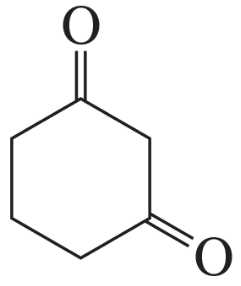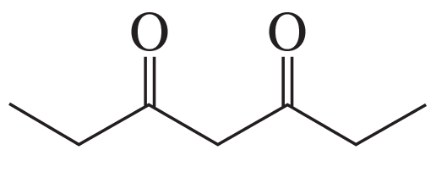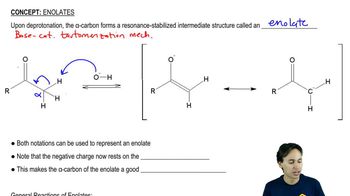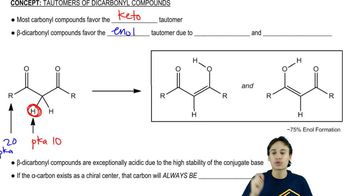Textbook Question
Rank these compounds in order of increasing acid strength.


 Verified step by step guidance
Verified step by step guidance Verified video answer for a similar problem:
Verified video answer for a similar problem:



 4:48m
4:48mMaster Tautomers of Dicarbonyls with a bite sized video explanation from Johnny
Start learning